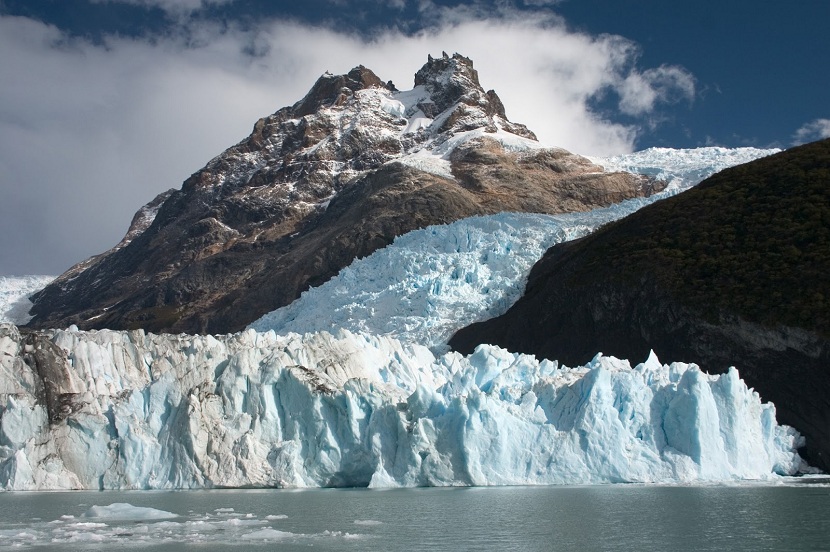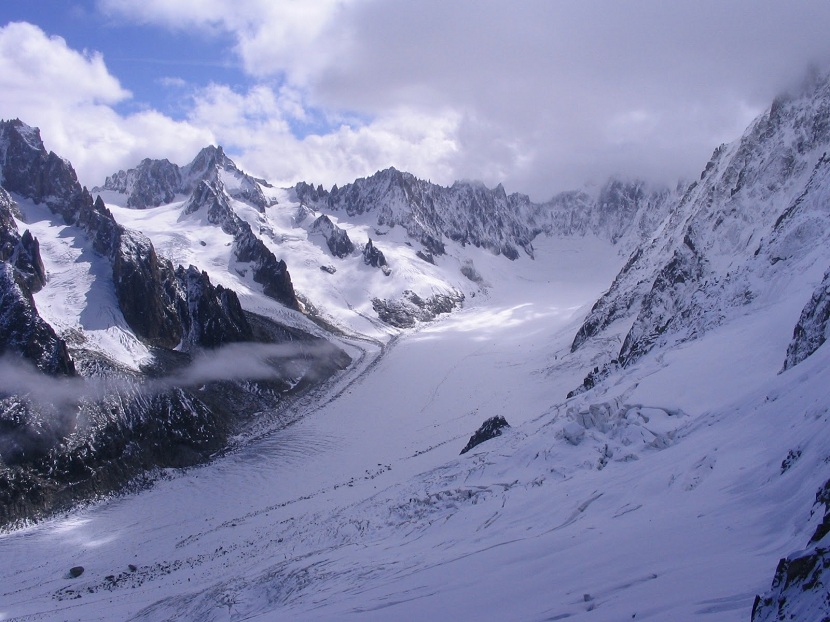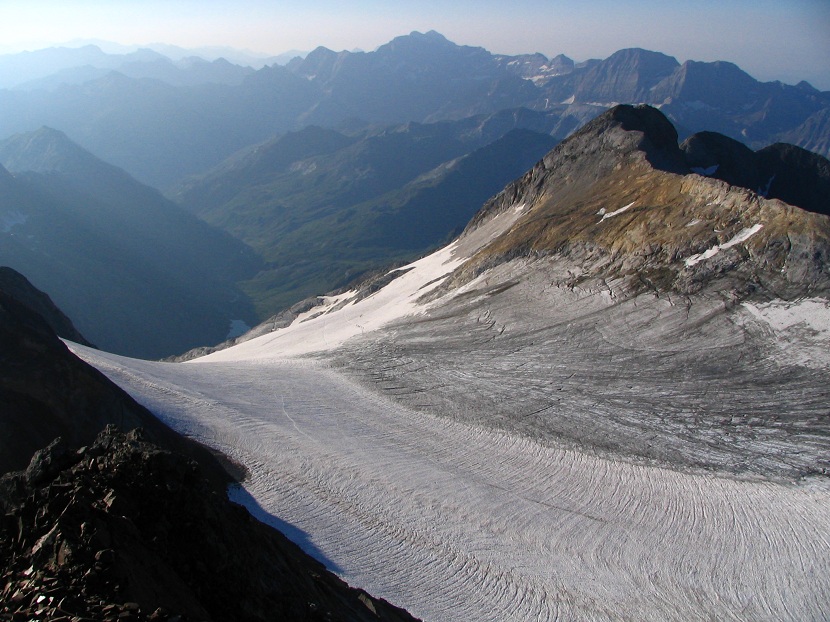
When we see a landscape we have to take into account that there are various geomorphological agents that are the elements capable of modeling the landscape. These are elements that have a certain activity and that are capable of creating new forms in the relief or destroying existing ones. This is an ongoing balance in the geology of the terrain. One type of geomorphological agent is the glacier modelingand an glacier it is a tongue of ice that is gradually advancing towards the sea and that is capable of generating icebergs.
In this article we are going to tell you everything you need to know about glacier modeling.
What is the glacier shaper

When we talk about various geomorphological agents that act on a specific landscape, we are talking about continuous actions of these elements that act on the relief. For example, the elevation of a mountainous system brings with it the rejuvenation of river channels. Normally, we speak of fluvial modeling in which some elements are taken into account, such as wind, sea currents and waves. The ice is also capable of moderating the landscape at will, although in a much slower way.
Unlike what is often thought, a glacier is a dynamic system that moves along the mountain system over time. To think that we are talking about ice is to think that it is an inert body that will be inactive. However, it maintains a constant movement because, while the liquid water bars ordering the rest of the molecules that bind between them, it moves and glacier along the mountain system.
Because ice has less density than water, they escape from floating and lakes and seas can freeze but only on the surface. In this way, the rest of the living beings and organisms that inhabit them are allowed to continue living under the ice layer without any problem. If we do the math, ice is about one-ninth the density of liquid water. This is the reason why any icerberg still maintains the ninth part of its body without sinking.
Glacier modeling is the set of elements that transform a landscape over time. Because the glacier is transporting itself from one side of the mountain system to the other, it acts and modifies the entire relief through which it passes. With the passage of thousands of years and after hundreds of cycles of ice and thaw, they end up shaping the landscape. This is what we call a glacier shaper.
Characteristics of ice and its action

To talk about the different elements that act in this moderate landscape we must take into account the physical characteristics of the ice. It is a dynamic substance that is quite important when modeling the landscape. They are usually found higher in the mountains and in the polar regions, since the temperature is usually lower and allows continuous ice formation. Let's not forget that for a glacier to be able to shape the landscape it must remain stable for years and years.
As a geomorphological agent we can divide ice activity into three main processes: erosion, transport and sedimentation. When it comes to the moderate glacier, transportation is the least important element.
We find glacier modeling in areas where temperatures are always stable around 0 degrees. This temperature is more common in high mountain areas and it is called a mountain glacier. The erosion process that produces the ice separates into two large blocks. The first is the phenomenon known as physical weathering. This physical weathering is nothing more than the alteration of geological materials by the action of different external agents.
Water has a capacity for expansion due to the fact that, when it freezes, it increases the volume contrary to what the rest of the elements do. This means that, if a quantity of liquid water has leaked into which a rock's diet turns into a solid state, it is capable of cracking it and expanding with such force that they will cause the rock to break. This part of physical weathering is known as gelling. It is one of the most important ways that ice has to erode the planet.
Glaciers move through valleys in a similar way to river water but at a slower pace. They are capable of eroding and transporting the material at the end of its journey and depositing it in the form of glacial sediments.
Moderate glacier phenomena

The first phenomenon we encounter is that of boot. It is a movement or in which the material of the rocky substrate advances thanks to the displacement that occurs in the bottoms and on the sides of the glacier itself. This is due to the melting of these glacier areas.
The second phenomenon is known as abrasion.. It is about the polishing effect that the ice is capable of producing on the surface on which it passes and that leaves a series of these days several centimeters wide. These striations are able to reveal information about how long the glacier has been passing through there. Geologists can tell which was the direction of the advance of the glacier.
Among the forms associated with glacier modeling we have the glacier circus. It is an associated shape that can have different sizes since ice operates on different scales. It is so called because it is a depression shaped like an amphitheater and occurring at the head of a valley. It is usually identified quite easily as it can also host glacial lagoons. Having a depression at the bottom of the glacier is prone to accumulate water from precipitation.
Another formation that we find are the U-shaped glacial valleys. Since the erosion of a river is much more intense than that of a glacier, the valley that forms the erosion of a river is V-shaped, while that of glaciers is U-shaped.
Finally, we also find the drumlins. They are symmetrical shapes in which muddy edges and irregular blocks stand out that have been produced by the movement of the ice that could not polish the entire surface through which it advanced. This is how a rough part remains that stands out from the rest and is called drumlins.
I hope that with this information you can learn more about glacier modeling.